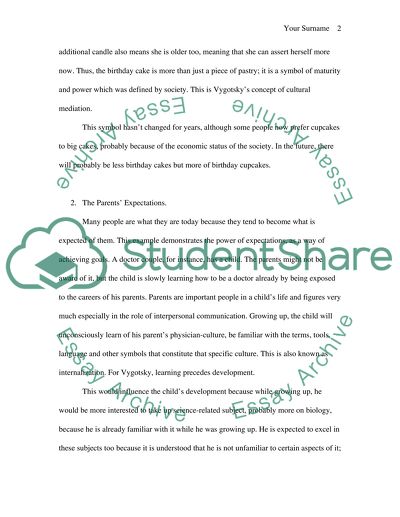Cite this document
(“Social Influences Essay Example | Topics and Well Written Essays - 1500 words”, n.d.)
Retrieved from https://studentshare.org/psychology/1429480-social-influences
Retrieved from https://studentshare.org/psychology/1429480-social-influences
(Social Influences Essay Example | Topics and Well Written Essays - 1500 Words)
https://studentshare.org/psychology/1429480-social-influences.
https://studentshare.org/psychology/1429480-social-influences.
“Social Influences Essay Example | Topics and Well Written Essays - 1500 Words”, n.d. https://studentshare.org/psychology/1429480-social-influences.


